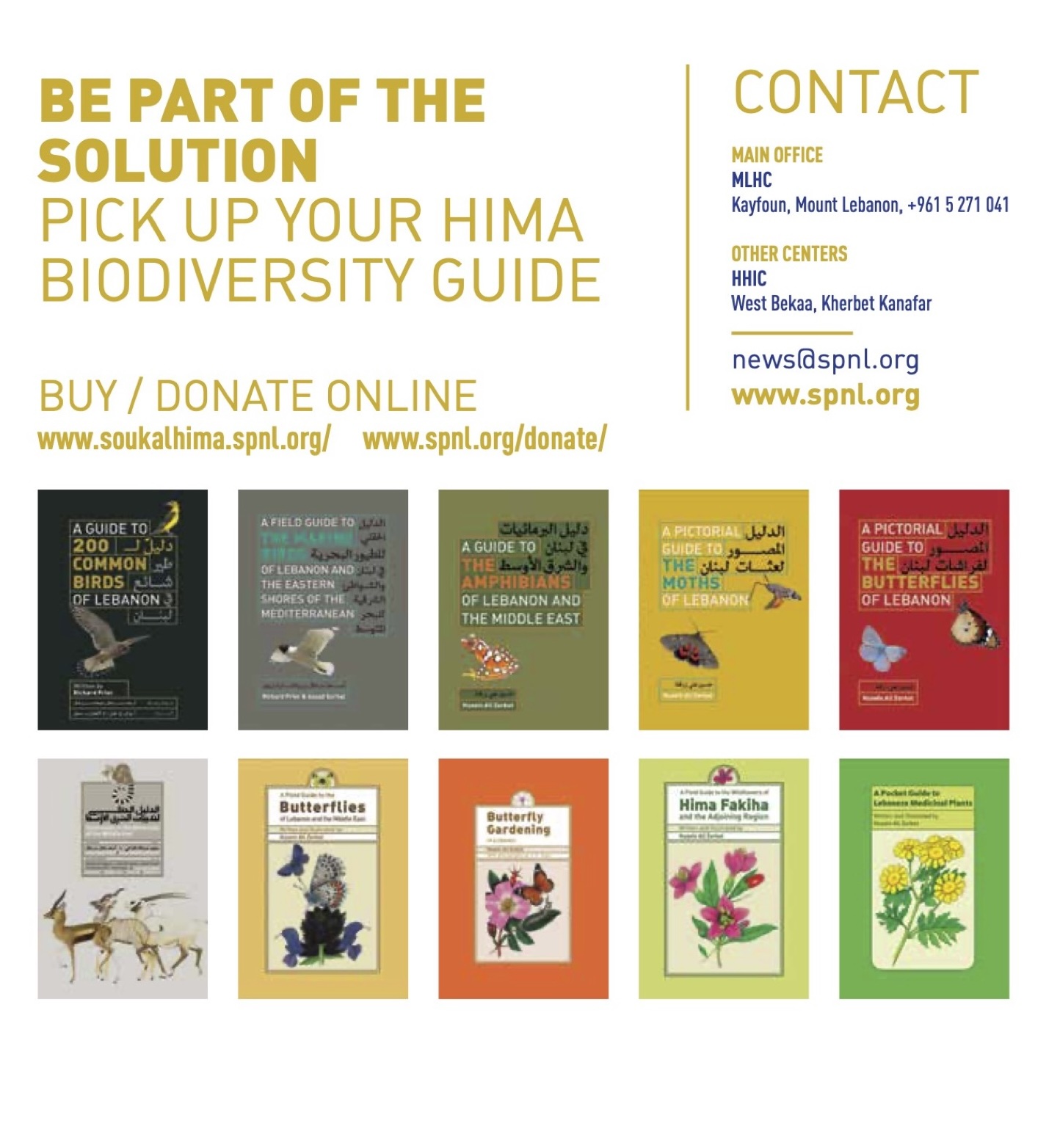Like all animals, birds need water to survive. Though they can extract some moisture from their food, most birds drink water every day. Birds also use water for bathing, to clean their feathers and remove parasites. After splashing around in a bath for a few minutes, a bird usually perches in a sunny spot and fl uffs its feathers out to dry. Then it carefully preens each feather, adding a protective coating of oil secreted by a gland at the base of its tail.
For these reasons, a dependable supply of fresh, clean water is attractive to most birds. In fact, a birdbath will even bring to your yard birds that don’t eat seeds and wouldn’t visit your feeders. Providing water for birds can also improve the quality of your backyard bird habitat and should provide you with a fantastic opportunity to observe bird behavior.
What’s Wrong with a Good Old-fashioned Birdbath?
Say “birdbath,” and most people think of a concrete basin mounted on a pedestal, the kind often sold in lawn and garden shops. Though these baths make nice lawn ornaments, they aren’t the best setup for most birds. For one thing, they’re often too deep. A good birdbath mimics shallow puddles, which are nature’s birdbaths. Concrete baths are also hard to clean; the tiny nooks and crevices must be scrubbed extra hard to dislodge algae and sediment. And fi nally, concrete basins often crack if they freeze during winter.
Find a Better Birdbath
When you’re choosing a birdbath, look for one with a basin that you can clean easily. It should also have a gentle slope to allow birds to wade into the water. You can make your own bath out of a garbage can lid, a saucer-type snow sled, or even an old frying pan. But if you’d rather buy one, look for a birdbath made of tough plastic that won’t break if the water freezes or if your dog knocks it over. For the ultimate birdbath, set up a permanent pool in your backyard. Just dig a shallow hole in the ground and line it with plastic or cement to make it watertight. Plant ferns and other native plants around the pool to make it more attractive. You can add a pump to circulate the water if you want to create elaborate multilevel pools.
Setting Up a Birdbath
Try to imitate a natural puddle as much as possible when you’re installing your birdbath. Birds seem to prefer baths that are at ground level, but if you are concerned about
cats, raise the bath two or three feet cats, raise the bath two or three feet off the ground. And don’t forget to put it where you’ll have a good view of the birds. It’s a good idea to put some sand in the bottom of the bath, to give the birds sure footing. If the bath is on the ground, arrange a few branches or stones so that they emerge from the water, so birds can stand on them and drink without getting wet (this is especially important in the winter). Place your birdbath in the shade, near trees or shrubs if possible. A shady location slows evaporation and keeps the water fresh longer. Furthermore, birds can’t fl y well when they’re wet, so they’re vulnerable to predators when they’re bathing. With cover nearby, they’ll feel safe—they can escape quickly if their splashing is interrupted by a cat or a hawk—and they’ll be more likely to venture into the water. One of the best ways to make your birdbath more attractive is to provide some motion on the water’s surface. Water dripping into the basin catches the attention of birds. You can buy one of the commercially available products that drips or sprays water into a birdbath. Or recycle an old bucket or plastic container by punching a tiny hole in the bottom, filling it with water, and hanging it above the birdbath so the water drips slowly down.
Keeping the Water from Freezing
Immersion-style water heaters have improved greatly in the last few years, and they’re perfect for keeping the water from freezing in a birdbath. More important, they’re safe to operate. The latest immersion heaters turn off if the water in the bath dries up. Put your heater on a ground-fault interrupted circuit (available from any hardware or electrical supply store) to eliminate the danger of electrical shock. These heaters cost pennies a day to operate and they’re available at most places where bird feeders are sold. A homemade solution is to put a light bulb in a fl ower pot and place the water basin on top. The light bulb will provide more than enough heat to keep the water from freezing. Though some people advocate adding glycerin to a birdbath to act as an antifreeze, we do not recommend it. You must use a high concentration of glycerin to prevent water from freezing. (To lower the freezing point to 15 degrees Fahrenheit, for example, you’d need to use a 30 percent glycerin solution.) Glycerin is a low-level toxin and has a sweet taste. Ingesting large amounts of glycerin elevates the blood sugar level of a bird, which can be harmful or even fatal. And if a bird bathes in a glycerin solution, its feathers may become matted. Birds bathe and preen to enhance the insulation value of their feathers. Matted feathers are poor insulators, leaving a bird susceptible to cold temperatures. So use an immersion heater instead.
Maintaining a Birdbath
The key to attracting a large number of birds is to keep your bath full of water at all times. In the natural environment, most sources of shallow water are intermittent. Although puddles form after a hard rain, reliable pools are rare and birds will travel great distances to visit them. Keep your birdbath full and you’ll be well rewarded. But remember to clean your birdbath every couple of days. Don’t let the water become stale; clean off the bottom of the bath immediately if green algae starts to form. Remember: if you’re trying to make your backyard a better place for birdlife, few things are more attractive than a well-maintained birdbath. Just add water and watch the fun.
Source: Cornell Lab of Ornitholog






